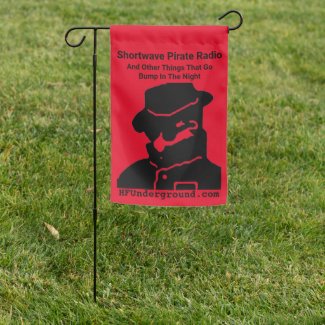Well, I've used Discones for about 40 years now. They work for me.
THE DISCONE ANTENNA:
Have you heard of it? It has been used for a long time.
There are many variations in shape to this type of antenna. The basic design is a cone with the little end up. Hovering above the point of the cone is a round disc. Some are two cones point to point. Some are two flat triangles point to point. However, the one that seems to be the most practical is the cone and disc style.
What is the advantage?
VERY broad banded and a low angle of radiation.
For example, a Discone built for 144 Mhzs will cover all frequencies up to 450 Mhzs and stay within a 2:1 SWR. It may go much wider than that.
For VHF and higher, it is relatively easy to make. For the HF spectrum, it becomes extremely large. There are some built for HF. About 157 feet tall and a bottom diameter the same. The disc is 110 feet. What you get is a band width from 1.8 Mhz to 30 Mhzs and stay within a 2:1 SWR. No tuner used.
The discone is vertically polarized with a similar gain of a vertical one half wave dipole.
For VHF and UHF it is ideal for a base station and/or a scanner receiver.
THE CONE. It is like an up side down funnel. The angle is 60 degrees. At 60 degrees the length of the side of the cone is the same as the diameter. The cone diameter is:
CONE DIAMETER (METERS) = 86 / MINIMUM FREQ IN MHZ
It can be made from a light sheet aluminum such as roof flashing, wire mesh or even a series of rods like radial wires.
An SO-239 connector mounts in the point of the cone. Therefore, the point of the cone should come to 5/8 inch.
THE DISC. The diameter of the disc is:
DISK DIAMETER (METERS) = 60.2 / MINIMUM FREQ IN MHZ
DISC TO CONE SPACING (METERS).
0.3 X CONE TIP INNER DIAMETER
The structure of this antenna is quite forgiving since the band width is so large. Also you can vary the shape of the cone to fit what you can build.
This design is ideal for a base station or an emergency set up. Give it a try. It is a great project with satisfying results.
https://www.isotronantennas.com/ 


